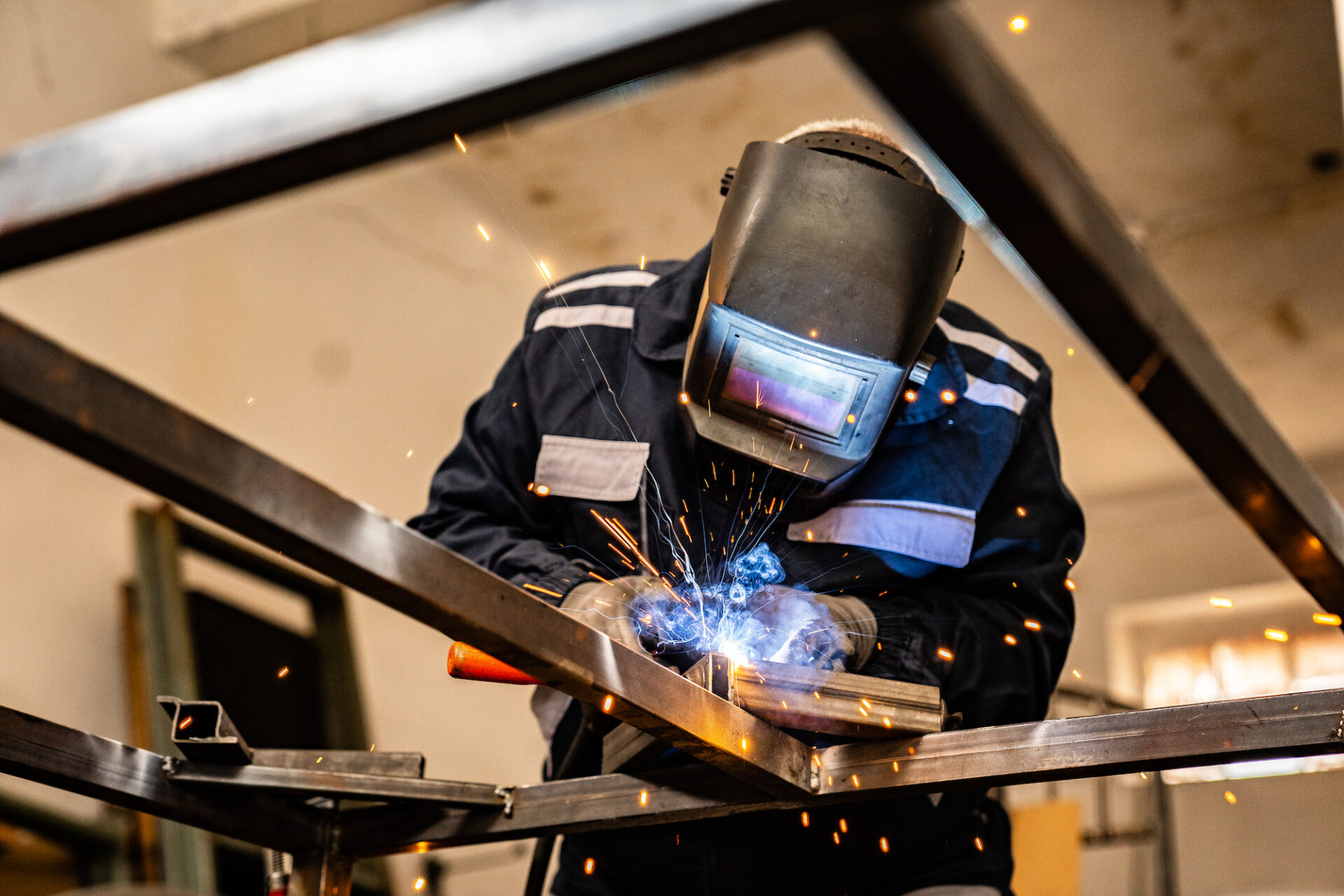DESIGN AND MODELING OF WELDED STRUCTURES
TWO DAY COURSE
Melbourne: 12 & 13 October | Perth: 17 & 18 October
Need help with the engineering and design of welded structures? Need to brush up on residual stresses and distortions?
Facilitated by USA expert Pingsha Dong, this two day course will cover the fundamentals that every engineer should know when designing welded components. From weld in-situ strength, residual stresses, and geometric discontinuities, every aspect plays a different role in contributing to resultant joint strength, and fatigue resistance. Implications on metallic additively manufactured (AM) parts will also be discussed.
With plenty of opportunities for questions, this course can help attendees mitigate the detrimental effects of welding defects, reducing inefficiencies and costs, and improving project schedules and productivity.

WHO SHOULD ATTEND?
Designers, structural engineers, consultant engineers, mechanical engineers, welding and production engineers, maintenance and quality control engineers, as well as researchers. Attendees are encourages to bring along their design problems to contribute to discussions and local case studies.
WHAT INDUSTRIES IS THE COURSE RELEVANT TO?
The course will be especially relevant to all professionals in automotive, aerospace, steel construction, steel bridge design, power generation, naval and shipbuilding, offshore construction, pipeline and other industries that apply welding.
About the Presenter: Professor Pingsha Dong
 Professor Pingsha Dong of the University of Michigan, is the inventor of the mesh-insensitive structural stress method (also referred to as the Master S-N Curve Method) adopted by the 2007 ASME Div 2 and API 579/ASME FFS-1 Codes and Standards mandated by over 50 countries worldwide. Over the past 20 years, Professor Dong has taught courses in fatigue design, fracture control, residual stress and distortion control in over a dozen countries around the globe.
Professor Pingsha Dong of the University of Michigan, is the inventor of the mesh-insensitive structural stress method (also referred to as the Master S-N Curve Method) adopted by the 2007 ASME Div 2 and API 579/ASME FFS-1 Codes and Standards mandated by over 50 countries worldwide. Over the past 20 years, Professor Dong has taught courses in fatigue design, fracture control, residual stress and distortion control in over a dozen countries around the globe.
Professor Dong has published more than 260 peer-reviewed papers in archive journals and major conference proceedings, including over 20 plenary and keynote lectures at major international conferences. He has received numerous prestigious national and international awards, including AWS Comfort Adams Lecture Award (2019), SNAME Helmer L. Hann Awards (both in 2012 and 2007), IIW Evgeny Paton Prize (2008), R&D Magazine’s R&D 100 Award (2006), TIME Magazine’s Math Innovator (2005), Aviation Week and Space Technology’s Aerospace Laurels Award (2004), SAE Henry Ford Award (2003), AWS R.D. Thomas Award, and ASME G.E.O Widera Literature Award (2002), among many others. He is also a Fellow of ASME, AWS and IIW.
COURSE CONTENT
Day One: Principles and Methods for Design of Welded Structures
This course will address fundamental aspects that engineers should know when designing welded joints. It will incorporate key findings from the most recent research developments in analytical and computational modelling of welded joints and welding processes. Proper design and cost-effective construction of welded connections require considerations of some of the unique issues associated with welding, in addition to specific loading environments. Modules include:
- Unique issues associated with welded joints and design implications, and implications on metallic AM parts
- Basic considerations in design of welded joints and analysis methods
- Joint design for static and fatigue performance, equivalency between partial penetration fillet and full-penetration butt welds
- Residual stress and distortion control in construction
COURSE CONTENT
Day Two: Residual Stresses and Distortions
This course will delve into how residual stresses and distortions are developed during fusion and solid-state welding, and related manufacturing processes, including metal 3D printing and additive manufacturing. Simple analytical models will be used to describe the underlying mechanisms, and computational modeling results will then be used to demonstrate the relevance of these analytical results for deriving effective solutions to various residual stress and distortion problems experienced by various industry sectors, including aerospace, automotive, heavy equipment, and shipbuilding.
Then, the principles for residual stress and distortion mitigation techniques will be discussed and illustrated with various real-world applications. In addition, how residual stresses and distortions affect components’ structural performance (such as fatigue capacity) will be discussed, including how to effectively treat their effects in structural integrity evaluation, based on the most recent research findings.


COURSE DETAILS
Melbourne
- Date: 12 and 13 October 2023
- Venue: Novotel Melbourne on Collins
- Address: 270 Collins Street, Melbourne
- Room: Elizabeth Room
- Registration first day: 8:00am
- Course time: 8:30am – 4:30pm/5:00pm
- Morning tea, lunch and afternoon tea provided
Perth
- Date: 17 and 18 October 2023
- Venue: DoubleTree by Hilton, Perth Waterfront
- Address: 1 Barrack Square, Perth 6000
- Room: Waterside 3
- Registration first day: 8:00am
- Course time: 8:30am – 4:30pm/5:00pm
- Morning tea, lunch and afternoon tea provided
COST
Membership rates apply to all Weld Australia, Engineers Australia and the Australian Steel Institute members.
- Members $3,410
- Non members $3,718
Payment is required at the time of booking. Cancelation two weeks prior to the start date will not be refunded.
Please note: in order for the course to go ahead in three locations, minimum attendee numbers must be reached.
FURTHER INFORMATION
For further information, simply contact: Michelle Bignold (National Manager, Sales and Marketing) on 0437 106 726 or events@weldaustralia.com.au
